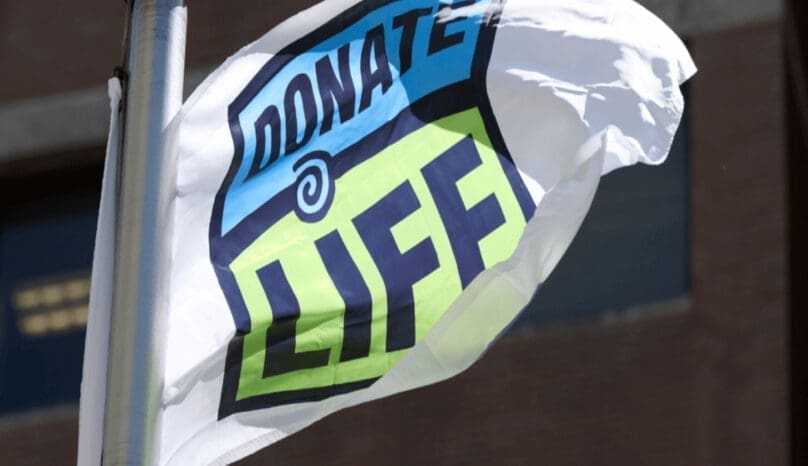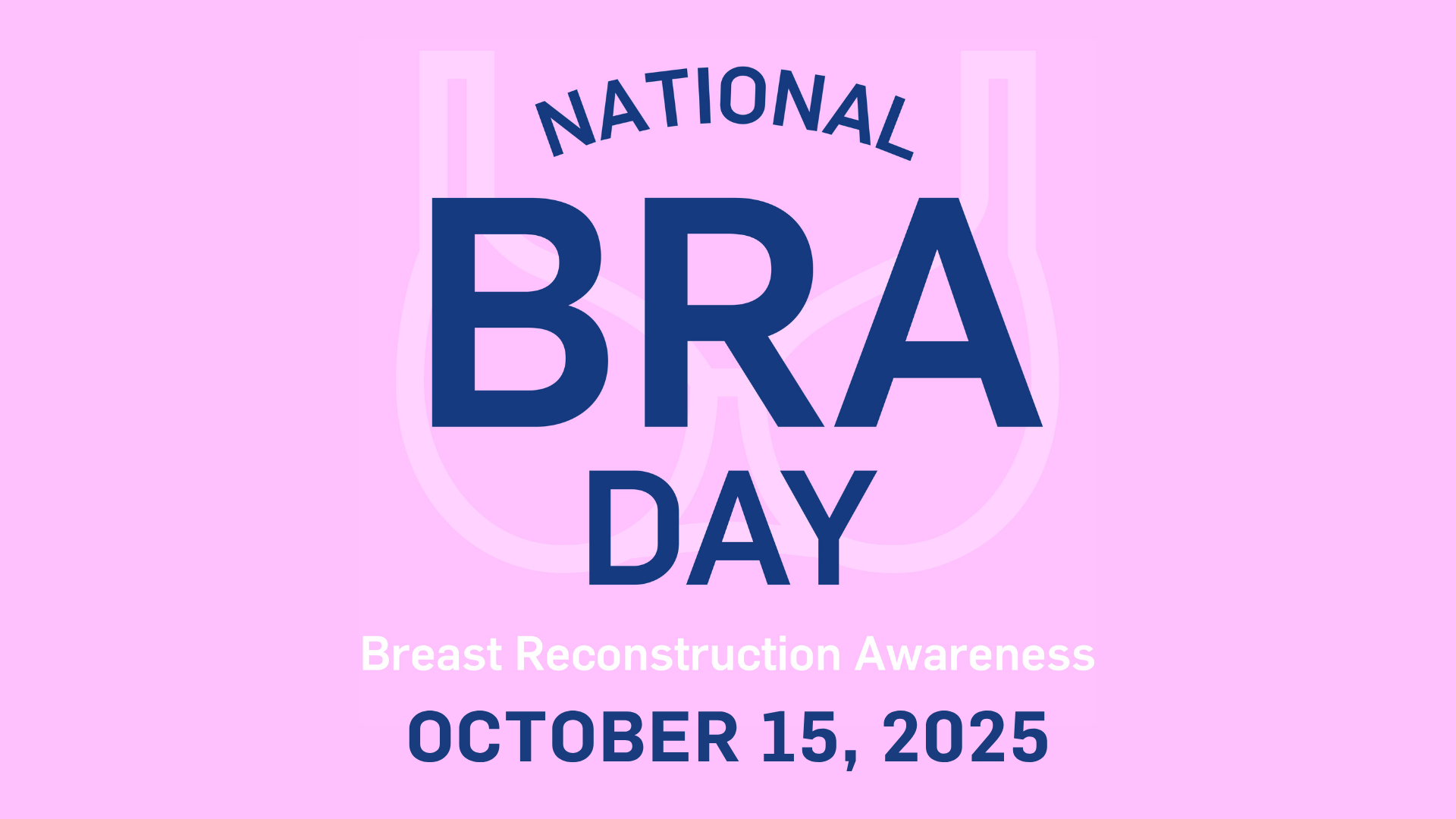Without the help of life-saving skin grafts from tissue donors, Turia would have died. Turia, an endurance athlete, former model and mining engineer got caught in a fast-moving fire that trapped her and other runners participating in a 100-kilometer ultra-marathon in the Australian outback in 2011.
Turia survived against the odds but was left with burns to 64 percent of her body.
At the time of the accident, physicians knew they needed skin grafts to save Turia’s life, but no donated skin was available at the time in Australia.
“My burns were so severe that I was close to death and in desperate need of skin grafts,” Turia said. “Australia’s shortage of tissue meant my best option was to have tissue imported from the U.S. I’m alive today because of the generosity of 16 Americans who donated the skin that saved my life.”
National Burn Awareness Week is Feb. 5-11
National Burn Awareness Week is commemorated every year by the American Burn Association during the first full week of February. It’s an opportunity for burn, fire, and life safety educators to share burn awareness and prevention messages with their communities.
Most “fire-related injuries” are burns. In fact, approximately every 60 seconds someone in the U.S. sustains a burn injury serious enough to require treatment. Which is why tissue donations are so critical for saving and enhancing the lives of burn victims.
For burn victims, donated skin acts as a temporary covering for wounds caused by burns. This donated gift helps prevent infection, decrease pain, and speed healing. Skin grafts played a critical role in Turia’s survival.
“I was close to death,” she said. “But when I received the donor skin, I turned around so quickly and so dramatically so I’m not being melodramatic when I say that the work organ and tissue donation professionals do saved my life.”
Turia’s amazing story of survival is an inspiration to anyone who is considering becoming a registered organ and tissue donor. The tissue donations allowed her to not only walk and run again, but to reclaim her status as a top athlete. In October 2016, she completed the Ironman World Championship, one of the world’s most grueling athletic competitions.
“I’m so grateful for this gracious gift from 16 Americans who saved my life,” she added.
Why more tissue donors are needed to save lives
The types of tissue that can be donated include skin, bone, tendons, ligaments, heart valves and veins from a donor at the time of death. The grafts from these donated tissues can dramatically improve the quality of life for recipients, and even save lives. One tissue donor can restore health and provide healing to more than 75 people. Approximately 2.5 million tissue transplants are performed each year in the U.S.
Donated human tissues can be used in many surgical applications, saving and healing lives on a daily basis. Tissue donation can benefit patients in a number of serious or life-threatening medical situations, not only by saving patients with severe burns, but allowing athletes with torn ligaments or tendons to heal and regain strength, restoring hope and mobility to those in the military who have been injured in combat, and repairing musculoskeletal structures such as teeth, skin, and spinal components.
Turia’s story highlights how a tissue donation can allow someone to live life to the fullest with the gift they’ve received. Each year, approximately 58,000 tissue donors provide lifesaving and healing tissue for transplant. And most people can be potential tissue donors at the time of death. By registering as an organ, eye and tissue donor, you can provide hope to the more than 100,000 people awaiting lifesaving organ transplants and the hundreds of thousands more in need of corneal and tissue transplants. Sign up for the donor registry, and increase the chance that patients waiting will get the life-saving gifts they need to survive.



